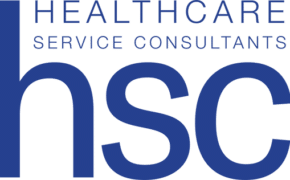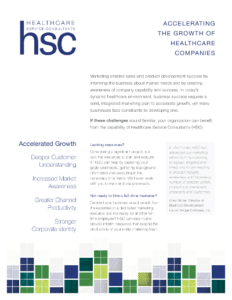Table of Contents
How many times have you had a “genius” idea but neglected to jot it down? More often than not, that brilliance becomes ethereal when not recorded in some form or fashion. Healthcare IT startups that are rooted in IT ingenuity need to have a solid business plan if they expect to succeed. And that plan needs to be written down.
Under the Go-to-Market Umbrella
Often referred to as a go-to-market plan, a healthcare IT startup business plan should contain a few key elements. These elements are often included under two main umbrellas: product commercialization and product marketing.
1) Product Commercialization Plan
Product commercialization is really looking at the market and potential customers. Do you really understand everything about both, in relation to your healthcare IT innovation? Are your products packaged and priced accordingly? Do you have a strategy to service and support your initial clients?
A comprehensive list of product commercialization items within your go-to-market plan should include:
- Competitive review
- Summary of target market, including needs, drivers and segmentation
- Summary of customer personas and pain points by persona
- Pricing trends and value matrix
- What it will take to win in the U.S. market
- 12-month product roadmap
- Approximate addressable U.S. market size
- Sales channel opportunities
- Sales enablement and training strategy
- Regulatory implications
- Product roll-out and launch strategy
- Service and support strategy
However, there are a few considerations specific to the healthcare IT market that should be included in a product commercialization plan. For example, in healthcare there are often multiple buyers and decision-makers. Sometimes, even buying teams. It’s important to create customer personas for each entity who may be involved in the buying process, identify their needs and pain points and what product benefits will appeal to each. This all should be included in any comprehensive plan.
Another factor impacting healthcare IT in a unique way is the price/value matrix—something we covered in this previous blog: “3 Steps to Creating an Effective Packaging & Pricing Strategy.”
Healthcare is a highly price sensitive market. There are many aspects that need careful and thorough deliberation when determining your pricing strategy. Incorporating the detailed analysis and thought process around pricing will facilitate the gathering of input from key constituents and provide a valuable record of the reasoning behind all decisions.
Regulatory implications are always a concern within healthcare and healthcare IT. This will require sufficient documentation, some of which should be included in the plan, unless there is a separate regulatory plan.
Finally, a service and support plan will need to be determined, so it becomes part of the value proposition of the entire commercial offering. This should be considered during the packaging and pricing process and must take into account a number of factors, including whether the product or service is an integrated offering or is software only, is remotely installed and serviced, and how frequently software updates will be provided.
2) Product Marketing Plan
The list for a product marketing plan should include:
- Branding considerations
- Key features and benefits by buyer persona
- Website update plan and recommendations
- Promotional plan and recommendations
- Content development plan and recommendations
- PR plan and recommendations
Again, many of these could be generic components of any industry. But, the key features and benefits of the innovation have to be tailored to the specialized buyer personas you identified in the product commercialization plan. Some individuals may be more invested in your product’s capabilities in terms of clinical or technical features (e.g. X technology accomplishes Y result). Another may prefer to get a holistic view of how the innovation will benefit the organization or department as a whole (e.g. time-savings, cost-savings).
Put It in Writing
Why is it so crucial that your startup business plan be written down? For one, it should be thought of as a “living documentation” of all the preparation you’ve done. It should be updated based on lessons learned from the team as the product commercialization effort unfolds. It also enables everyone on the team to be on the same page; as long as everyone reads it and buys into it.
Additionally, a written business plan can be shared with others (investors, clinical advisors, board members). Getting input from these internal and external stakeholders is valuable for driving continuous refinement of the business strategy and therefore “the plan.”
Perhaps one of the greatest benefits is that a fully-documented plan provides a foundation for keeping everyone aligned and accountable. It minimizes the likelihood of haphazard activity that might waste both time and money.
Initial Investment Will Pay Dividends
By spending ample time up-front developing a business plan, you’ll be far more informed to go to market. It’s a blueprint—one that not only provides direction for the initial product launch, but also for ongoing product commercialization activities.
Photo by Glenn Carstens-Peters on Unsplash




